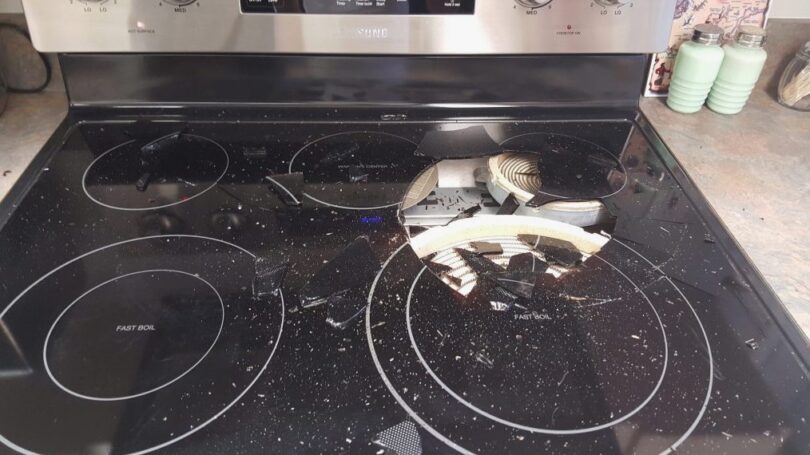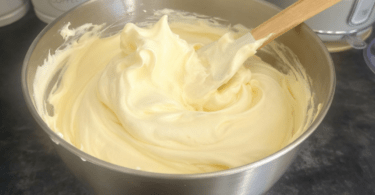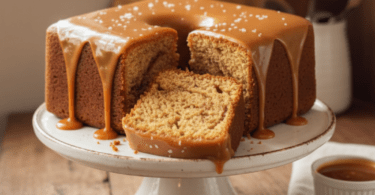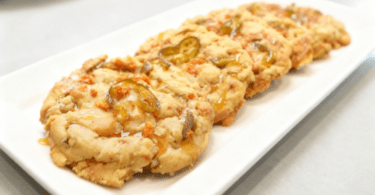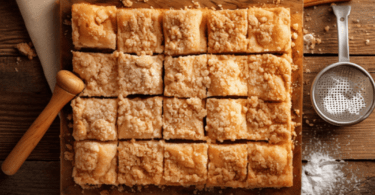Glass stovetops are sleek, modern, and highly efficient, making them popular choices for many kitchens. However, they also require extra care and maintenance to avoid damage and ensure safety. Unlike traditional coil or gas stovetops, glass-ceramic cooktops are delicate and can be damaged or scratched easily if not properly handled. Here are 9 dangerous glass stovetop habits you should never do to keep your kitchen safe and your stovetop looking pristine.
1. Sliding Heavy Pots and Pans
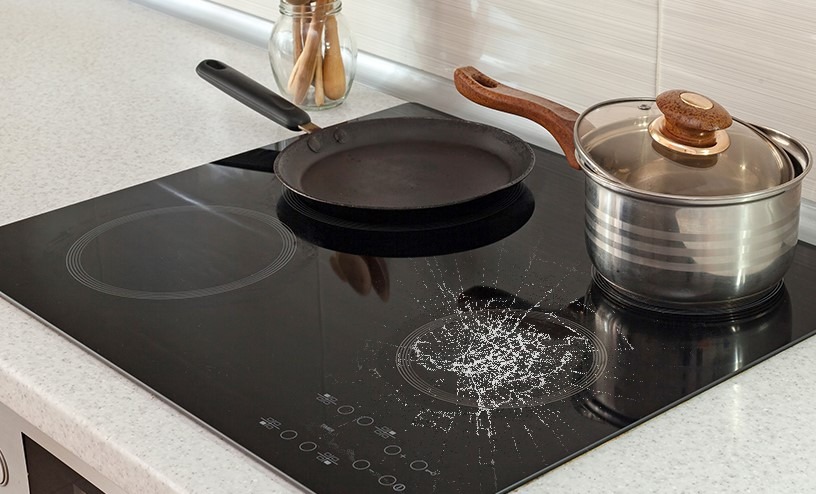
One of the biggest mistakes people make with a glass stovetop is sliding heavy pots and pans across its surface. This may seem like a harmless habit, but it can easily cause deep scratches or even cracks in the glass. Over time, these scratches weaken the integrity of the glass, potentially leading to dangerous situations.
What to do instead: Always lift cookware when moving it from one burner to another. Use a pot holder or kitchen mitts to protect your hands while lifting heavy items.
2. Using Abrasive Cleaners or Scrubbers
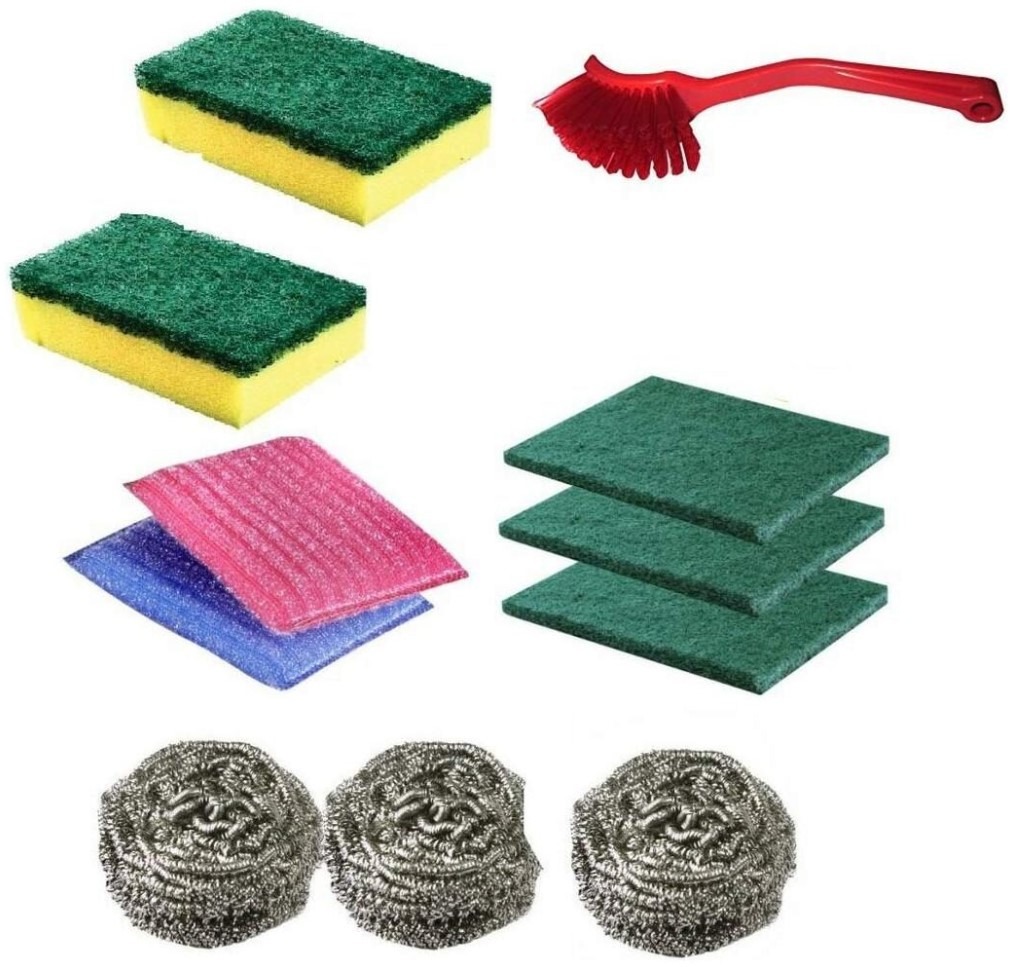
Glass stovetops need regular cleaning, but using the wrong products can do more harm than good. Harsh chemicals and abrasive scrubbers like steel wool or scouring pads can scratch the glass surface, dulling its appearance and making it more susceptible to cracking.
What to do instead: Use a specially formulated glass stove cleaner and a soft cloth or sponge. Baking soda and water can also be a safe, homemade alternative for tough stains. Gently clean the surface without excessive pressure.
3. Ignoring Spills and Food Residue
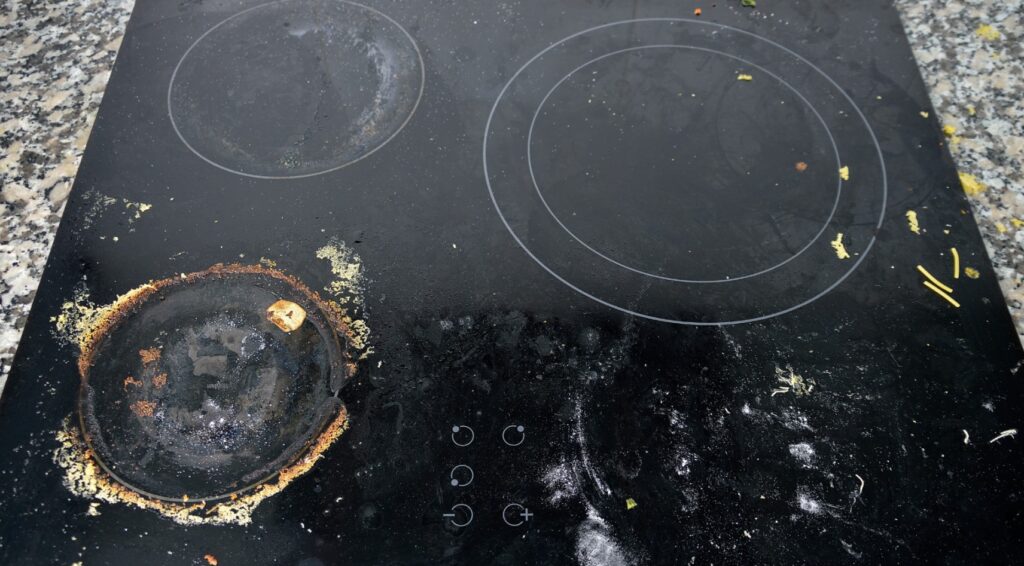
It can be tempting to leave spills or burned-on food residue until later, especially after a big meal. However, allowing food or liquid to sit on a hot glass stovetop can lead to permanent stains, discoloration, and even damage to the surface.
What to do instead: Clean spills immediately after the stovetop cools down to prevent them from sticking or burning onto the surface. A damp cloth and mild detergent will usually suffice for fresh spills.
4. Using the Wrong Cookware
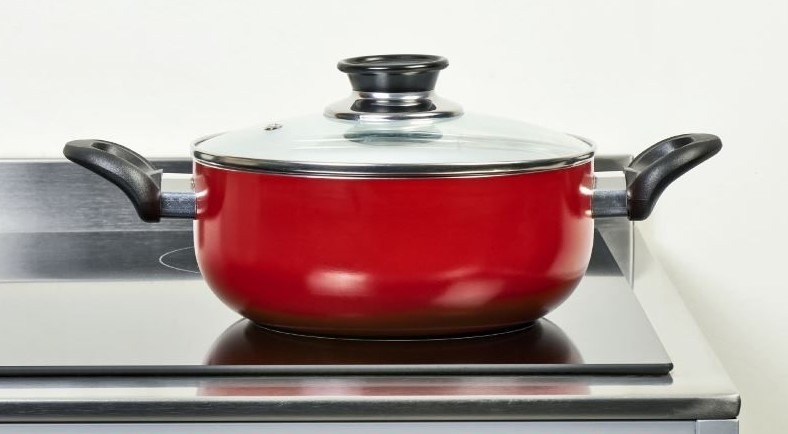
Not all cookware is suitable for a glass stovetop. Heavy, rough-bottomed, or warped pans can damage the surface by creating uneven heat distribution and causing scratches. Cast iron, while durable, is especially notorious for causing damage if mishandled.
What to do instead: Stick to cookware with smooth, flat bottoms made from materials like stainless steel or aluminum. These materials provide even heating and are less likely to scratch the surface. If you use cast iron, consider placing a heat diffuser or mat between the pan and the stovetop.
5. Placing Hot Lids on the Surface
See also: 5 Effective Ways To Clean Your Glass Stovetop
Setting a hot lid directly onto a glass stovetop might seem harmless, but the temperature difference between the hot lid and the cooler stovetop can cause the glass to crack. This is especially risky if the stovetop has been turned off and is cooling down.
What to do instead: Always place hot lids on a trivet or a cooling rack. Avoid sudden temperature changes on the glass surface, as they can weaken the material over time.
6. Allowing Sugar-Based Spills
One of the lesser-known but extremely dangerous stovetop mistakes is allowing sugar-based spills—like caramel, sugary sauces, or candy-making mixtures—to sit on a hot glass stovetop. When sugar burns on a glass surface, it can chemically bond with the glass, causing irreparable damage that may result in cracks.
What to do instead: Be extra careful when cooking with sugar-based ingredients. If a spill occurs, turn off the burner and allow the stovetop to cool slightly before wiping up the spill with a damp cloth.
7. Using the Stovetop as a Countertop
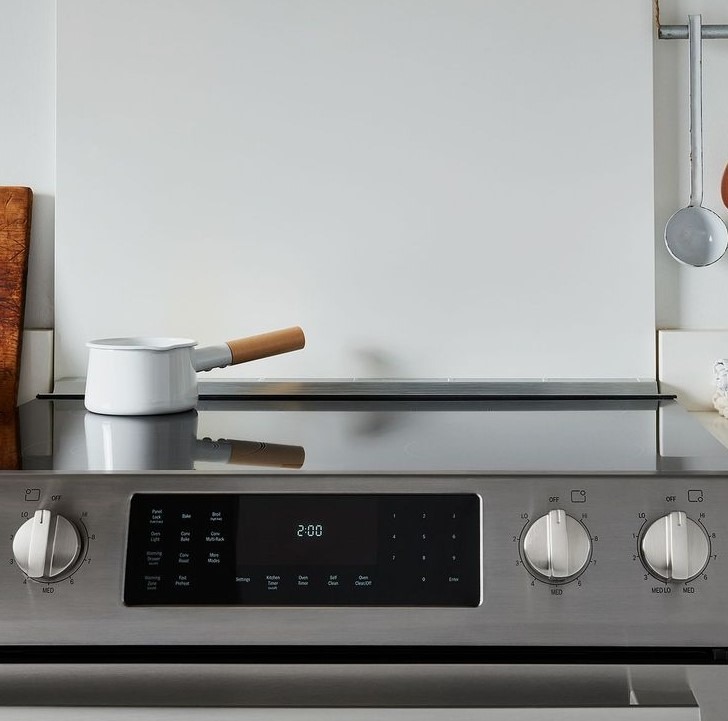
Sometimes, kitchen counters can get cluttered, and you might be tempted to use your glass stovetop as extra workspace. However, placing heavy or sharp objects on the surface can lead to scratches, chips, or cracks. Even small items like spice jars or utensils can cause damage if dropped onto the glass.
What to do instead: Keep your stovetop clear of any objects when it’s not in use. Reserve your stovetop strictly for cooking, and use a designated area for food prep and utensil storage.
8. Not Allowing the Stovetop to Cool Before Cleaning
Glass stovetops are highly sensitive to temperature changes. Cleaning a hot surface with cold water or a wet cloth can cause the glass to crack due to the sudden change in temperature. Not only can this damage the stovetop, but it also creates a safety hazard.
What to do instead: Always wait until the stovetop is completely cool before cleaning it. Most stovetops have an indicator light to show whether the surface is still hot. Once it turns off, it’s safe to proceed with cleaning.
9. Leaving Cookware Unattended
Leaving cookware unattended while cooking on a glass stovetop is a fire hazard, regardless of the type of stovetop. The glass surface heats up quickly, and an unattended pot can easily lead to overheating, burning, or even causing a fire. Moreover, a forgotten pot can boil dry, damaging both the stovetop and the cookware.
What to do instead: Always stay near the stove while cooking. If you need to step away, turn off the burner or set a timer to remind you to check on your food. Using tools like a lid or splatter guard can help minimize splashes while you’re nearby.
See also: Cleaning the oven: How to clean and deglaze the oven
Cleaning the oven: How to clean and deglaze the oven with the pot method
Best Practices for Maintaining Your Glass Stovetop
In addition to avoiding the dangerous habits mentioned above, proper maintenance is key to extending the life of your glass stovetop. Here are a few extra tips:
- Regular Cleaning: Clean your stovetop after each use to prevent food buildup and keep it looking shiny. A daily wipe-down with a soft cloth and glass cleaner is usually sufficient.
- Avoid Dropping Heavy Items: Be mindful when handling heavy pots or pans near your stovetop. A sudden drop can crack or shatter the glass surface.
- Polish for Protection: Applying a stovetop polish can help create a protective barrier against scratches and stains, keeping your surface in pristine condition.
- Check Cookware Compatibility: Double-check the manufacturer’s guidelines for the types of cookware recommended for your glass stovetop to avoid potential damage.
Final Thoughts
A glass stovetop is a modern and stylish addition to any kitchen, but it also requires mindful care and attention. By avoiding these 9 dangerous glass stovetop habits, you can ensure a longer lifespan for your cooktop while also keeping your kitchen safe. Remember to clean it regularly, use the right cookware, and avoid actions that can cause scratches, cracks, or other types of damage.
Taking proper care of your glass stovetop is not only essential for maintaining its appearance but also for ensuring that it functions safely for years to come. Keep these tips in mind, and enjoy a hassle-free cooking experience with your beautiful glass cooktop.



